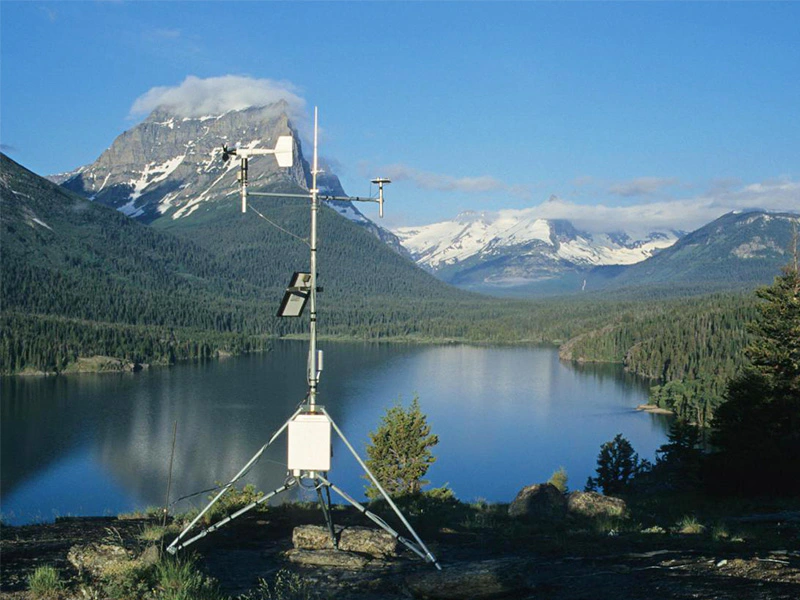
# Meteorological Station: Monitoring Weather and Climate Data
Introduction to Meteorological Stations
A meteorological station is a facility equipped with instruments and sensors designed to observe and record atmospheric conditions. These stations play a crucial role in weather forecasting, climate research, and environmental monitoring. By collecting data on temperature, humidity, wind speed, precipitation, and other variables, meteorological stations provide valuable information for various sectors including agriculture, aviation, and disaster management.
Key Components of a Meteorological Station
Modern meteorological stations typically include several essential components:
- Thermometer: Measures air temperature
- Barometer: Records atmospheric pressure
- Hygrometer: Measures humidity levels
- Anemometer: Tracks wind speed and direction
- Rain gauge: Measures precipitation amounts
- Pyranometer: Records solar radiation
Types of Meteorological Stations
Meteorological stations can be classified into different categories based on their location and purpose:
Surface Weather Stations
These are the most common type, installed at ground level to measure surface weather conditions. They may be manual or automated (AWS – Automatic Weather Stations).
Upper-air Stations
These stations use weather balloons (radiosondes) to collect atmospheric data at various altitudes, providing crucial information for weather prediction models.
Marine Weather Stations
Located on buoys or ships, these stations monitor weather conditions over oceans and large water bodies, essential for maritime operations.
Data Collection and Transmission
Modern meteorological stations employ advanced technologies for data collection and transmission:
- Automated sensors record measurements at regular intervals (typically every minute to hourly)
- Data is transmitted via satellite, cellular networks, or radio frequencies
- Quality control algorithms verify data accuracy
- Information is integrated into national and global weather monitoring networks
Importance of Meteorological Data
The data collected by meteorological stations serves numerous critical purposes:
- Weather forecasting: Enables accurate short-term and long-term weather predictions
- Climate monitoring: Provides long-term data for climate change research
- Agricultural planning: Helps farmers make informed decisions about planting and harvesting
- Disaster preparedness: Early warning systems for severe weather events
- Aviation safety: Critical for flight planning and operations
Future Developments in Meteorological Stations
Technological advancements continue to improve meteorological station capabilities:
- Miniaturization of sensors for more compact and portable stations
- Integration of artificial intelligence for better data analysis
- Expansion of remote sensing technologies
- Increased automation and reduced maintenance requirements
- Enhanced connectivity for real-time data sharing
As climate patterns become more unpredictable, the role of meteorological stations in monitoring and understanding weather phenomena becomes increasingly vital for global sustainability and safety.
Keyword: meteorological station